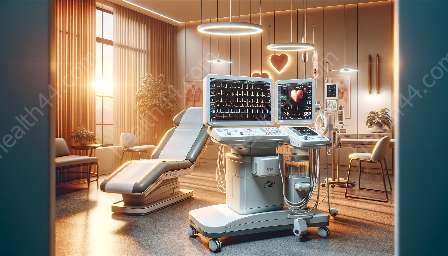The cardiovascular system, encompassing the heart and blood vessels, plays a vital role in the body's circulatory function. Understanding the anatomy and physiology of this intricate system is crucial in the context of ECG/EKG machines and medical devices & equipment.
Anatomy of the Heart
The heart is a remarkable organ with a complex structure. It consists of four chambers: two atria and two ventricles. The right side of the heart receives deoxygenated blood from the body and pumps it to the lungs for oxygenation, while the left side receives oxygenated blood from the lungs and pumps it out to the rest of the body.
The heart is surrounded by a protective sac called the pericardium. Inside the heart, valves ensure unidirectional blood flow, preventing backflow during contractions.
Physiology of the Heart
The heartbeat is regulated by electrical impulses that cause rhythmic contractions. The sinoatrial (SA) node, located in the right atrium, serves as the heart's natural pacemaker, initiating each heartbeat. The electrical signal then travels through the atria, causing them to contract and push blood into the ventricles.
The impulse reaches the atrioventricular (AV) node, where a slight delay allows the ventricles to fill completely before contracting. This synchronized contraction propels blood to the lungs and the rest of the body, fueling the circulatory process.
ECG/EKG Machines and the Cardiovascular System
ECG/EKG machines capture the electrical activity of the heart, providing valuable insights into its function. These machines detect and record the heart's electrical impulses, producing electrocardiograms (ECGs or EKGs) that help diagnose various cardiac conditions.
Understanding the anatomy and physiology of the cardiovascular system is essential for correctly interpreting ECG tracings. For example, knowing the normal conduction pathway and the appearance of a healthy ECG waveform enables healthcare professionals to identify abnormalities or potential issues in patients' heart rhythms.
Medical Devices & Equipment for Cardiovascular Health
Several medical devices and equipment play critical roles in assessing and treating cardiovascular conditions. From blood pressure monitors and pulse oximeters to cardiac catheters and defibrillators, these tools contribute to the comprehensive care of individuals with heart-related issues.
In the context of the cardiovascular system, medical devices and equipment are designed to monitor heart function, diagnose diseases, and deliver interventions, such as pacemakers and stents, to improve cardiac health.


